4,7-Dichloroquinoline CAS: 86-98-6
| Catalog Number | XD94076 |
| Product Name | 4,7-Dichloroquinoline |
| CAS | 86-98-6 |
| Molecular Formula | C9H5Cl2N |
| Molecular Weight | 198.05 |
| Storage Details | Ambient |
Product Specification
| Appearance | White powder |
| Assay | 99% min |
4,7-Dichloroquinoline is a chemical compound with the molecular formula C9H5Cl2N. It belongs to the class of quinoline derivatives, which are organic compounds with a bicyclic structure containing a benzene ring fused to a pyridine ring. 4,7-Dichloroquinoline has various applications in the fields of pharmaceuticals, agrochemicals, and materials science due to its unique chemical properties.One of the primary uses of 4,7-Dichloroquinoline is in the synthesis of pharmaceutical compounds. It serves as a key intermediate in the production of drugs such as antimalarials, antivirals, and antipsychotics. Its specific chemical structure allows for the introduction of various functional groups, enabling chemists to modify and optimize the therapeutic properties of the final drug molecules. 4,7-Dichloroquinoline derivatives have been actively investigated for their potential in combating diseases caused by parasites, viruses, and neurological disorders.Additionally, 4,7-Dichloroquinoline finds application in the field of agrochemicals. It can be used in the synthesis of herbicides and plant growth regulators to protect crops from weeds and enhance desired growth characteristics. Its selective herbicidal activity makes it effective in controlling undesirable plant species without harming cultivated crops, making it a valuable tool for agricultural purposes.Moreover, 4,7-Dichloroquinoline can have applications in material science and dye synthesis. Its versatile chemical properties allow it to be employed as a building block for the construction of organic dyes and pigments. These dyes can be utilized in various industries, such as textile, printing, and electronics, for imparting color and functionality to materials.Furthermore, 4,7-Dichloroquinoline has been studied for its potential in organic electronics. Its unique structure and electronic properties make it an attractive candidate for the development of organic semiconductors. These materials can be used in electronic devices such as organic solar cells, organic light-emitting diodes (OLEDs), and organic field-effect transistors (OFETs). The incorporation of 4,7-Dichloroquinoline derivatives in organic electronic materials offers the possibility of lightweight, flexible, and sustainable electronic devices.In summary, 4,7-Dichloroquinoline is a versatile compound with applications in pharmaceuticals, agrochemicals, materials science, and organic electronics. Its unique chemical properties make it a valuable building block for the synthesis of drugs, herbicides, dyes, and organic electronic materials. The ability to modify its structure to introduce specific functional groups allows for the optimization of its properties for various applications. Researchers and chemists continue to explore and develop new applications for 4,7-Dichloroquinoline, making it an important compound in various scientific and industrial fields.


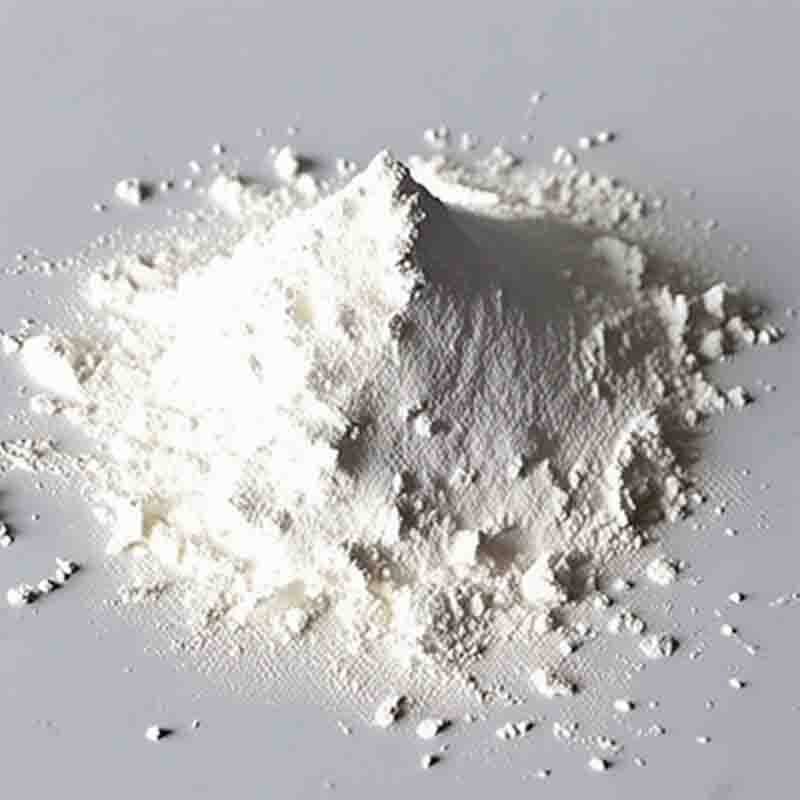

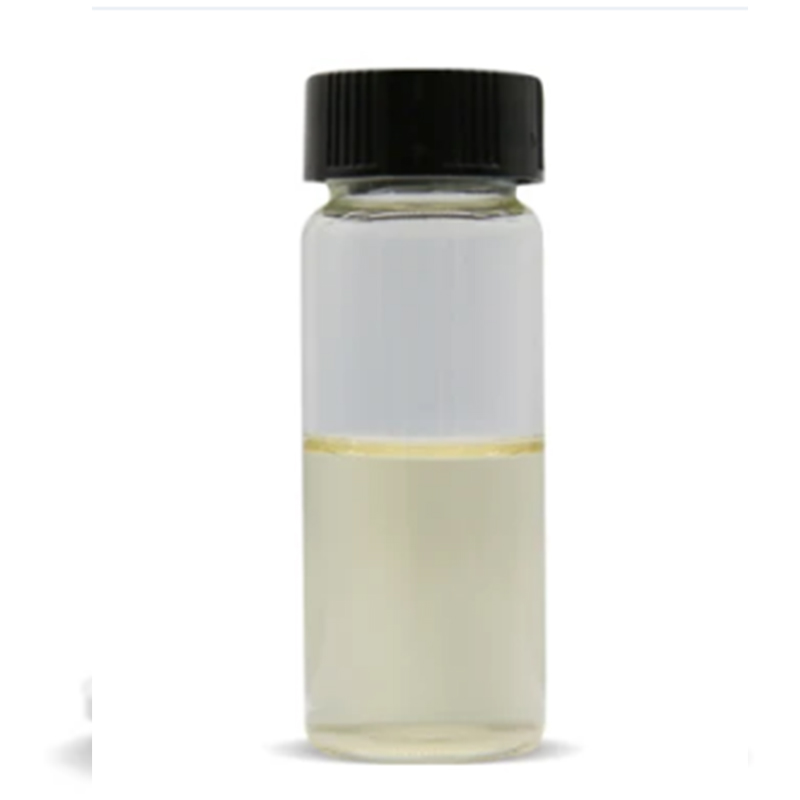
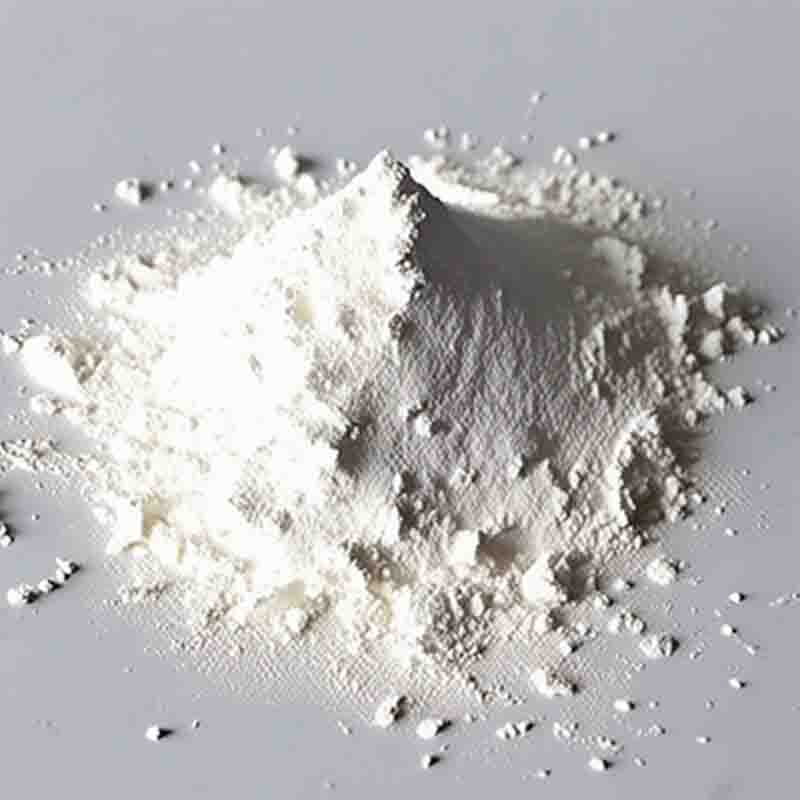
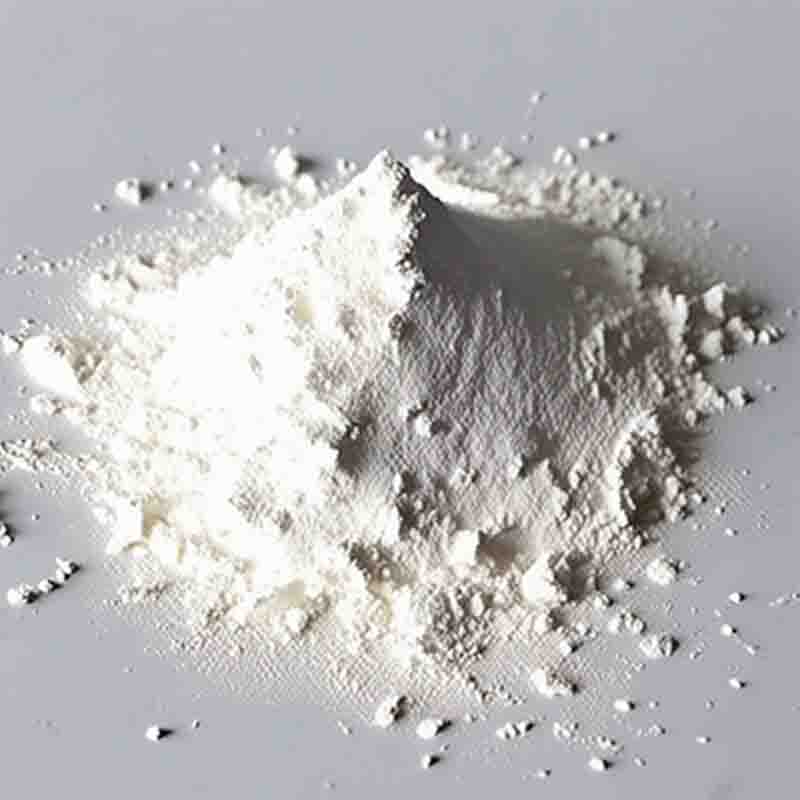
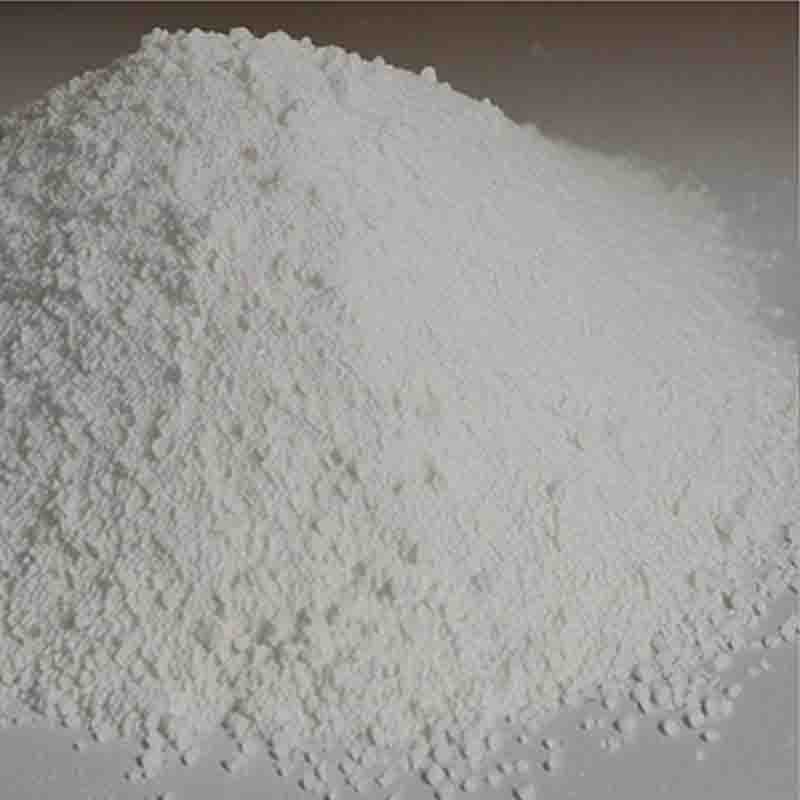
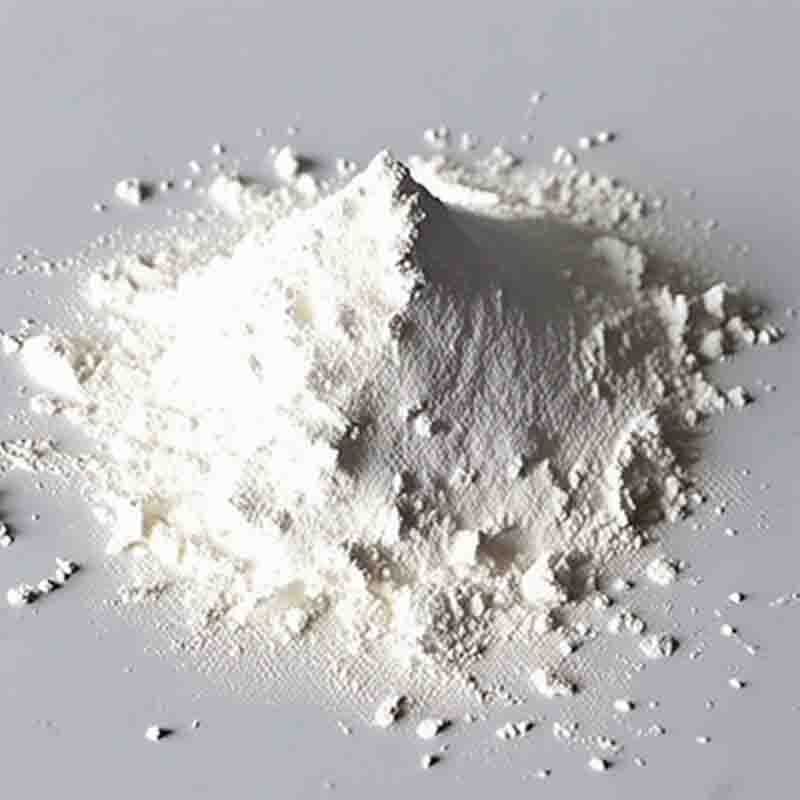
![Methyl 4-(4-Fluorophenyl)-6-Isopropyl-2-[(N-methyl-N-methylsulfonyl)amino]pyrimidine-5-carboxylate(Z6)CAS: 289042-11-1](https://cdn.globalso.com/xdbiochems/白色粉末2133.jpg)